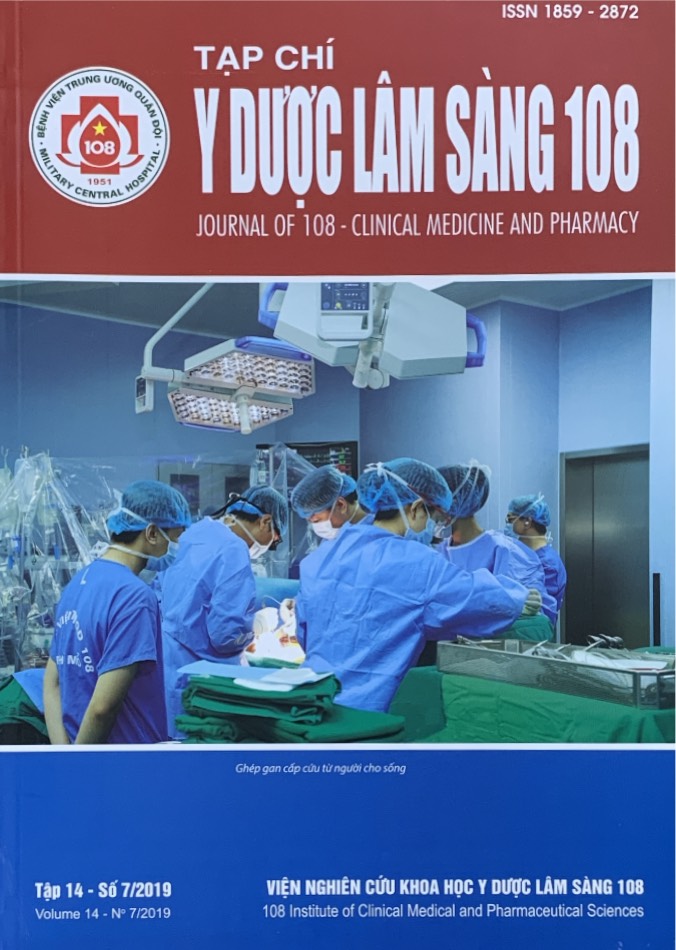The anatomical characteristics of branchial plexus on CT myelography and MRI
Main Article Content
Keywords
Abstract
Objective: To investigate the anatomical characteristics of branchial plexus on CT myelography and MRI. Subject and method: The study was performed on 40 subjects which were scanned by CT myelography and MRI at the Department of Diagnostic Imaging in 108 Military Central Hospital from May 2015 to February 2017. It is a prospective, cross-sectional descriptive study. Result: On CT myelography, more dorsal rootlets were found at all levels from C5 to T1 as compared with ventral rootlets and the most rootlets were at the C6 level. On MRI, there were 4 cases of abnormal anatomy of trunk (10%), the angles formed by root and spinal cord gradually increase from C5 to T1. Conclusion: CT myelography, MRI and electrodiagnosis are useful diagnostic imaging methods for brachial plexus lesions.
Article Details
References
2. Shetty Surekha D, Satheesha Nayak B, Madahv Venu et al (2011) A study on the variations in the formation of the trunks of brachial plexus. Int. J. Morphol 29(2): 555-558.
3. Bonnel F (1984) Microscopic anatomy of the adult human brachial plexus: An anatomical and histological basis for microsurgery. Microsurgery 5(3): 107-118.
 ISSN: 1859 - 2872
ISSN: 1859 - 2872
